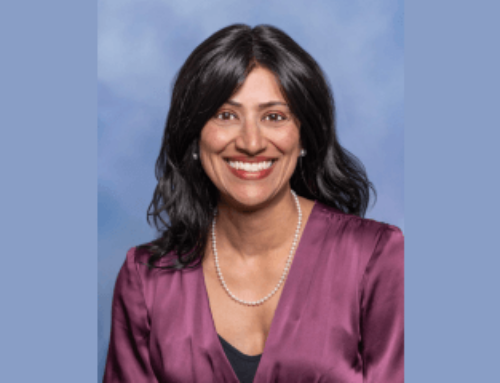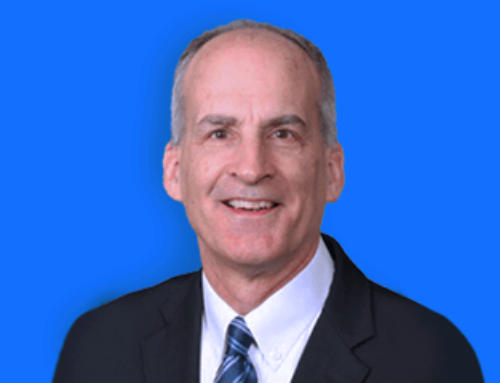Last month I joined 300 colleagues in attendance at the AASM’s sold-out winter course in Phoenix on “Emerging Clinical and Business Trends in Sleep Medicine.” I commend co-chairs Kannan Ramar, MD, and Tilak K. Verma, MD, MBA, for putting together an outstanding course that addressed the most relevant and critical issues in the field of sleep medicine.
Topics discussed included a payor’s perspective on sleep apnea, the Affordable Care Act, measuring treatment outcomes, managing perioperative OSA patients, and advanced PAP modalities. As you might expect, the presentations that seemed to generate the most discussion focused on out of center sleep testing. These included lectures by former Sleep HealthCenters medical director Lawrence Epstein, MD, on moving to a comprehensive care model and using OCST to diagnose sleep apnea, and another presentation on a business model for OCST. If you were unable to attend the course, many of the presentations soon will be available as learning modules in the AASM Online Learning Center.
The challenge issued to all attendees was that sleep centers must make plans immediately to integrate OCST as health care policy makers continue to focus on cost containment and efficiency. The way this is done will vary depending on your sleep center’s business model.
Some sleep center directors will determine that the best option for their center is to outsource specific OCST services to a national contractor. These sleep centers will benefit from the AASM’s new program to recognize national contractors offering OCST services that meet AASM accreditation standards. These national contractors can earn the Approved OCST Provider designation from the AASM.
The voluntary program will give you confidence that your sleep center will maintain its high standards when it makes a business arrangement with a national contractor for OCST. These national contractors offer to provide logistics of OCST such as equipment distribution and retrieval, allowing you and your staff to focus on interpreting the sleep study, diagnosing the patient and providing long-term care. Learn more about Approved National Contractors for Out of Center Sleep Testing on the AASM website and by reading the OCST Policy Statement that the AASM released in February.
Certainly, outsourcing OCST services to a national contractor is only one model. Many sleep centers will choose to develop an in-house OCST program. The AASM will continue to provide more resources, such as a forthcoming OCST Integration Guide, to help you evaluate the options for your sleep center. Regardless of the model you choose, you will need to ensure that your sleep center follows the Standards for Accreditation of OCST, which were updated in February.
AASM accreditation remains the gold standard by which insurers, referring physicians and patients can evaluate sleep medicine services. All AASM accredited member centers continue to receive a listing in the Find a Sleep Center directory at www.sleepeducation.com, which is a valuable marketing tool.
Lastly, I hope you had a chance to read the editorial Obstructive Sleep Apnea and Health Benefits Purchasing: An Employer Perspective, which appears in the current issue of the Journal of Clinical Sleep Medicine. The author, Bruce Sherman, MD, a former sleep center co-director, provides valuable insights for us as we continue to adapt to the changing landscape of medicine in the U.S.
Sincerely,
Sam Fleishman, MD
President



